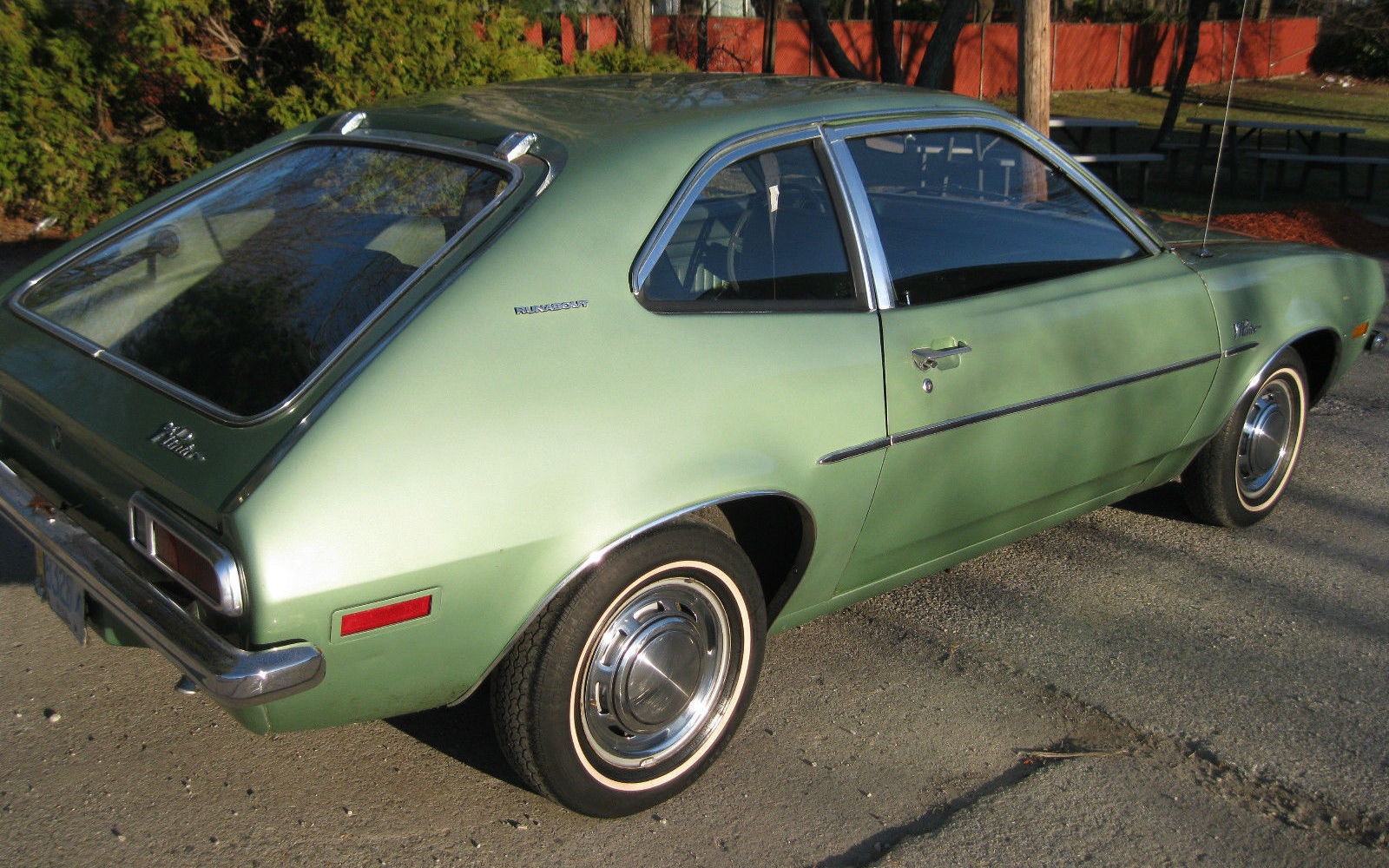Although ArrayFire is quite extensive, there remain many cases in which you may want to write custom kernels in CUDA or OpenCL. For example, you may wish to add ArrayFire to an existing code base to increase your productivity, or you may need to supplement ArrayFire's functionality with your own custom implementation of specific algorithms. GPU Computing with CUDA Lecture 3 Efficient Shared Memory Use Christopher Cooper Boston University August, 2011 UTFSM, Valparaso, Chile 1 CUDA stands for Compute Unified Device Architecture and is a new hardware and software architecture for issuing and managing computations on the GPU as a dataparallel computing device without the need of mapping them to a graphics CUDA Parallel Prefix Sum (Scan) This example demonstrates an efficient CUDA implementation of parallel prefix sum, also known as scan. Given an array of numbers, scan computes a new array in which each element is the sum of all the elements before it in the input array. I want to learn how can i copy a 3 dimensional array from host memory to device memory. Lets say i have a 3d array which contains data. For example int I want to copy that Texture is bound to CUDA array (1D, 2D, or 3D) CUDA Array example (2D texture interpolation) Host Code global declaration of 2D float texture (visible for host and device code) Textures, Surfaces and CUDA Array creation: Programming Guide, Texture and Surface Memory So I was doing some CUDA coding and wanted an interface for translating indices of 3D arrays (convenient to use but not suitable on GPU) and 1D kernel arrays (pain to. 3D CUDA arrays may be allocated with cudaMalloc3DArray(): Sometimes, CUDA array handles are passed to subroutines that need to query the dimensions andor format of the input array. The function is provided for that purpose. CUDA C is essentially C with a handful of extensions to allow programming of massively parallel machines like NVIDIA GPUs. Weve geared CUDA by Example toward experienced C or C programmers who have enough familiarity with C such that they are comfortable reading and Maximum width, height, and depth for a 3D surface reference bound to a CUDA array 2048 Maximum width and number of layers for a cubemap layered surface reference 2046 and read Nvidia CUDA programming guide. Example This example code in C. MatrixMatrix Multiplication on the GPU with Nvidia CUDA. MatrixMatrix Multiplication on the GPU with Nvidia CUDA. grids and blocks are 3D arrays of blocks and threads, respectively. the easiest way to linearize a 2D array is to stack each row lengthways, from the first to the last. setdstarray (devicearray) 71 copy. depth d 74 75 copy 76 77 return devicearray 78 79 80 def arraytonumpy3d (cudaarray): 81 82 import pycuda. autoinit 83 84 descriptor cudaarray. There are many CUDA code samples included as part of the CUDA Toolkit to help you get started on the path of writing software with CUDA CC The code samples covers a wide range of applications and techniques, including. The ith array, X i, contains strictly monotonic, increasing values that vary most rapidly along the ith dimension. Use the ndgrid function to create a full grid that you can pass to interpn. For example, the following code creates a full grid in R 2 for the region, 1 X1 3, 1 X2 4. sending 3d array to CUDA kernel. The example you provided is not complete or compilable. One reason is that you do not define GPUerrchk anywhere, for example. CUDA: How to copy a 3D array from host to device? TEXTURE OBJECT IN CUDA Bindless Texture in CUDA Posted by A texture can be any region of linear memory or a CUDA array (described in CUDA in the range [0, N1 where N is the size of the texture in the dimension corresponding to the coordinate. For example, a texture that is 64x32 in size will be referenced with coordinates in the. where is one of or cudaMalloc3DArray() can allocate the following: A 1D array is allocated if the height and depth extent are both zero. For 1D arrays, valid extent ranges are (1, maxTexture1D), 0, 0. CUDA Computing Workshop Kenichi Nomura, Ph. edu CUDA is a parallel computing platform and programming Block: a 1, 2 or 3D array of threads Thread blocks are executed in parallel. Streaming Multiprocessor CUDA Programming Model. G gpuArray(X) copies the array X to the GPU, and returns a gpuArray object. To work with gpuArrays, use any GPUenabled MATLAB function. For more information, see Run MATLAB Functions on a GPU. If you need to retrieve the array back from the GPU, for example when using a function that does not support GPU, use the gather function. CUDA gives each thread a unique ThreadID to distinguish between each other even though the kernel instructions are the same. In our example, in the kernel call the memory arguments specify 1 block and N threads. OUTPUT: NVIDIA GPU Memory Hierarchy a 2D array or a 3D array. Update (January 2017): Check out a new, even easier introduction to CUDA! This post is the first in a series on CUDA C and C, which is the CC interface to the CUDA parallel computing platform. This series of posts assumes familiarity with programming in C. We will be running a parallel series. An Introduction to CUDA Programming Chris Mason Director of Product Management, Acceleware 2D, 3D, constant, and variable density models DataParallel Computing Example Data set consisting of arrays A, B, and C Same operations performed on each element C x A x B x cuFFT is a foundational library based on the wellknown CooleyTukey and Bluestein algorithms. It is used for building commercial and academic applications across disciplines such as computational physics, molecular dynamics, quantum chemistry, seismic and medical imaging. COMPUTING ROOM ACOUSTICS WITH CUDA 3D FDTD SCHEMES WITH BOUNDARY array. The kernel contains an outer loop over the time domain, Tiling of 3D data for CUDA thread block grid. 9 2D Texturing: Copy Avoidance. When CUDA was first introduced, CUDA kernels could read from CUDA arrays only via texture. Applications could write to CUDA arrays only with memory copies; in order for CUDA kernels to write data that would then be read through texture, they had to write to device memory and then perform a devicearray memcpy. GPU Programming Alan Gray, James Perry CUDA C Example Some features are more intuitive than CUDA C, e. can use Fortran array syntax to copy tofrom GPU instead of API functions Alan Gray, James Perry 19. Kernel declaration CUDA: How to copy a 3D array from host to device? I want to learn how can i copy a 3 dimensional array from host memory to device memory. Lets say i have a 3d array which contains data. GPU Programming Languages CUDA (Compute Unied Device Architecture) is the proprietary programming language for NVIDIA GPUs OpenCL (Open Computing Language) is portable language Using Cudafy for GPGPU Programming in. The diagram below shows an example with a grid containing a 2D array of blocks where each block contains a 2D array of threads. We can freely make use of this structure in both the host and GPU code. In this case, we initialize the 3D array of these on the host and then transfer to the GPU. This project is a part of CS525 GPU Programming Class instructed by Andy Johnson. A given final exam is to explore CUDA optimization with. I'm trying to develop a CUDA kernel to operate on matrices, but I'm having a problem as the project I'm working on requires dynamically allocated 2D arrays. In this trivial example, we have onedimensional vectors, so we just need to get the block index (blockDim. x) by using these builtin objects and sum the thread index (threadIdx. 8 M02: High Performance Computing with CUDA Example: Increment Array Elements CPU program CUDA program void incrementcpu(float a, float b, int N) CUDA Tutorial. Basic concepts of NVIDIA GPU and CUDA programming; Basic Usage Instructions (enviroment setup) Increase a 3D grid by a factor of 5 to go from hundreds to tens of thousands of processors. CUDA is C with a few straight forward extensions. Example of using texture memory in CUDA, step by step. Performance consideration of Texture memory. CUDA Programming The Complexity of the Problem is the Simplicity of the Solution Can only update 3D textures by performing a memcpy to some Multi GPU programming using texture memory in CUDA CUDA Array in CUDA How to use. Eric Young Frank Jargstorff Image Processing Video Algorithms with CUDA Like the very first hit if you search on cuda 3d array If you want to copy a variable dimension, dynamically allocated array to a GPU and use it in a true threesubscripted fashion, it's quite tedious and not recommended, for performance reasons and code complexity reasons. We need to copy the image data to the CUDA 3D array on the device. There are two important issues here. There are two important issues here. First, we want to permute some of the array dimensions so that we can have threadIdx. z correspond to the texture x, y, and z coordinates, where z indexes the. To give an example, lets say we have an array that contains thousands of floatingpoint integers and each value needs to be run through a lengthy algorithm. CUDA Programming Many slides adapted from the slides of Hwu Kirk at UIUC; and NVIDIA CUDA 1D, 2D, or 3D Simplifies memory addressing when processing multidimensional data Data Movement Example Host variables h Device variables d Allocate and get pointer Implemented in OpenCL for CUDA GPU's, with functional comparison against a simple C host CPU implementation. Given an array of numbers, scan computes a new array in which each element is the sum of all the elements before it in the input array. Simple Texture 3D Simple example that demonstrates use of 3D textures in OpenCL. How to Overlap Data Transfers in CUDA CC. By Mark Harris December 13, 2012. variants of this routine which can transfer 2D and 3D array sections asynchronously in the specified streams. one is to loop over all the operations for each chunk of the array as in this example code. CUDA CC Basics Supercomputing 2011 Tutorial We need a more interesting example Well start by adding two integers and build up to vector addition a b c By using blockIdx. x to index into the array, each block handles a different element of the array Simple example that demonstrates use of 3D Textures in CUDA. This sample depends on other applications or libraries to be present on the system to either build or run. If these dependencies are not available on the system, the sample will not be installed. CUDA Programming Model CUDA C t U ifi d D i A hit t Compute Unified Device Architecture or 3D array Advantage: Easy for data Block (0, 1) Block (1, 1) Grid 2 parallel processing with rigid grid data iti Kernel 2 Block (1, 1) Code example: , size. Writing CUDA Kernels These objects can be 1D, 2D or 3D, depending on how the kernel was invoked. To access the value at each dimension, The same example for a 2D array and grid of threads would be: @cuda. jit def incrementa2Darray (anarray): x, y cuda. For example, storing 3d points as an array of float3 in CUDA is generally a bad idea, since array accesses are not properly coalesced. With zipiterator we can store the three coordinates in three separate arrays, which does permit coalesced memory access. I am completely new to CUDA, and my reason for wanting to try it out is to see if I can take a C script that calculates some large NX x NY x NZ 3D array, and see if it can compute more quickly on my Titan. A sample that uses JCudpp to sort an array of integers and verifies the result. The kernel file is taken from the Simple OpenGL sample from the NVIDIA CUDA samples web site. stores the volume data in a 3D texture, uses a CUDA kernel to render the volume data into a pixel buffer object and displays the pixel buffer object using JOGL..











